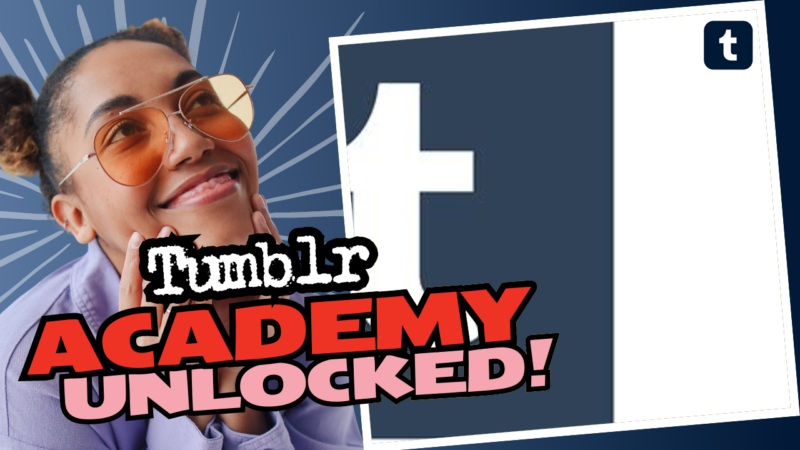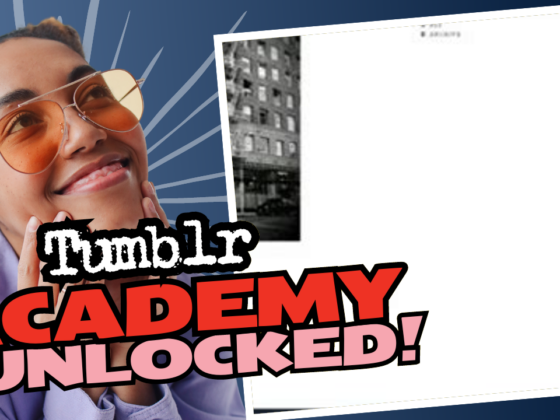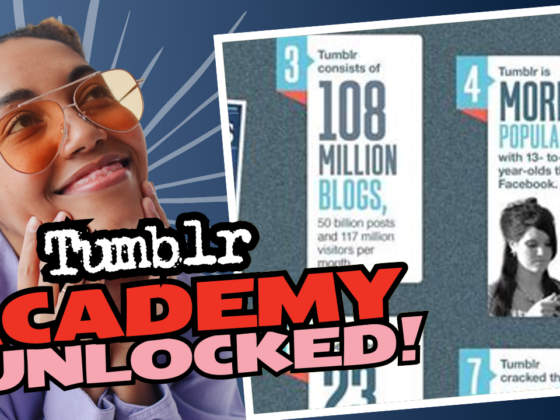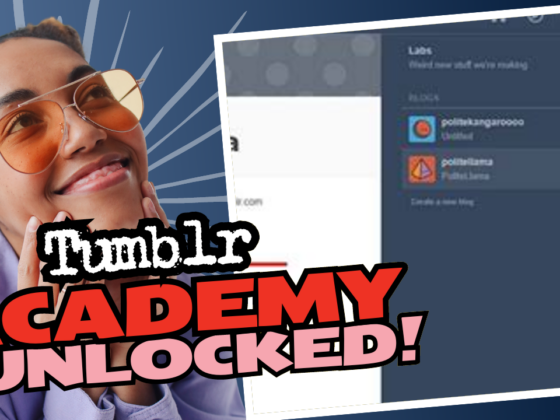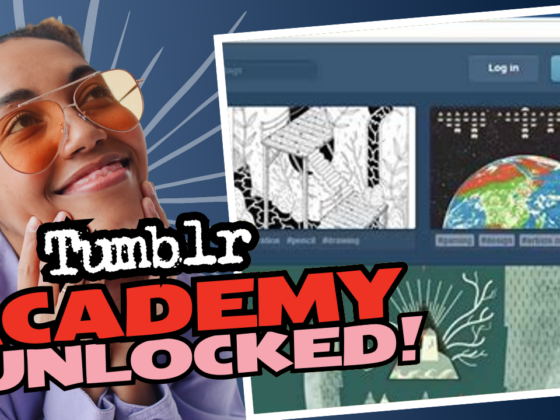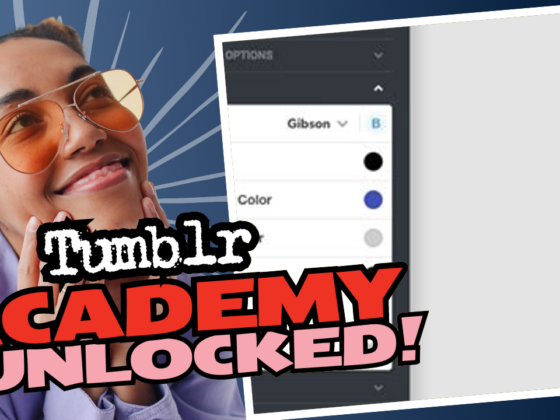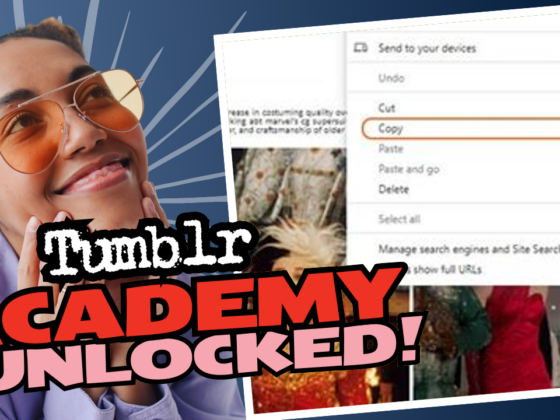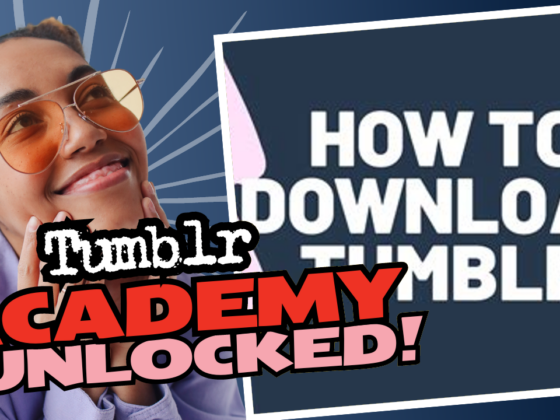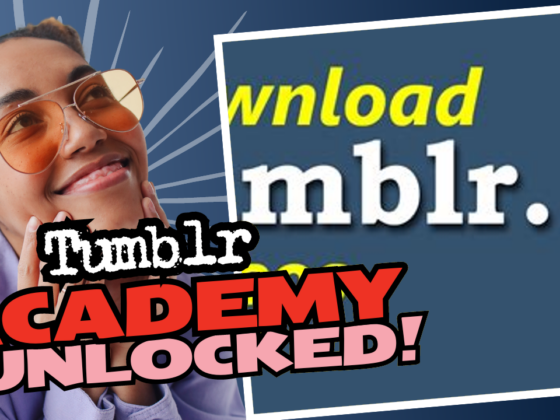Sure! Let’s dive deep into the wonderfully weird world of Tumblr—where the GIFs are endless, the communities are niche, and the questionable memes flood your feed faster than you can say “reblog.”
What on Earth is Tumblr, Anyway?
Let’s start by painting a picture of Tumblr’s origins. Developed by David Karp and launched in 2007, Tumblr burst onto the scene like a colorful confetti cannon overshadowing the monochrome social media landscape of the time. While other platforms confined users to specific content types—Twitter with its bite-sized thoughts, Facebook inundating us with baby photos, and Flickr dedicated to mundane snapshots—Tumblr was the playground where you could effortlessly mix and match everything.
Think of it as the quirky little cousin of the blogging world. You could post heart-wrenching poetry, share that one hilarious cat meme, and drop a vintage video clip all in the same post. It was a medley of creativity, and it beckoned to those who wanted something less rigid and more colorful! You could follow users without the pressure of knowing their follower counts; you could send charming fan mail without knowing whether they would become your best friend or take your post to heart.
Diving into the Tumblr Decade
In its early days, Tumblr’s unique selling point was all about variety. If Twitter was the land of snappy thoughts and Facebook was the kingdom of family reunion photos, Tumblr was an endless art gallery filled with whatever bizarre, fascinating, or relatable content you could imagine. The user-friendly interface was welcoming, encouraging users to experiment with different forms of self-expression in ways that left them feeling less like a cog in the social media machine and more like a vibrant piece of art!
And don’t even get me started on those far-out communities space—if you had any peculiar interest, be it underwater basket weaving or the intricate backstory of “that guy” in a 90’s sitcom, there was a Tumblr community out there just waiting for you to hit “follow.” Imagine a safe space for fandoms, social justice movements, art collectives, and even niche hobbies.
The Beauty of Reblogging and Discovery
The platform’s most beloved feature was the reblogging system. You could effortlessly share someone else’s post with your followers but add your own witty commentary. This was the literary equivalent of picking someone up on the dance floor, spinning them around, and then both of you instantly becoming the stars of the show. Hell, you could even curate your own little kingdom of creativity, which meant that your dashboard became a delightful buffet of your interests.
Lost in the sea of reblogs, original content, fan art, and passionate rants, you might very well find yourself belonging to a tightly-knit community. Web users became more than just invisible screen names; they transformed into actual friends who’d share (and sometimes critique) your taste in pop culture and beyond.
The early Tumblr experience was like raiding a treasure chest filled with quirk, controversy, and an undeniably vibrant culture. You could follow other bloggers for a myriad of content types—art, photography, poetry, or those bizarre cat videos—but as smartphones took over, it gradually transformed from a whimsical hall of wonder to another iteration of the social media scrolling adventure we all seem to know too well.
But Wait—There’s a Downward Spiral!
Remember the good old days when Tumblr held the crown of the internet’s quirky oddball? Well, fast forward to a decade later, and the winds of change began to stir.
What was once a shining beacon of diverse content spiraled into a realm overwhelmed by endless retweets, half-baked memes, and ill-timed existential crises. As it became another playground for generational angst, Tumblr also found itself in hot water over some of its adult content policies. The infamous “Great Porn Purge” hit in December 2018, leaving many users reeling. Talk about a buzzkill!
The company’s owners—first Yahoo, then Verizon—clumsily stumbled through policies that led to a mass exodus. Users fled like ants from a kicked-over anthill, and the platform became haunted by ghost accounts left over from its former glory.
Ex-users began comparing it to a once-thriving town that had turned into a deserted wasteland overnight. FYI, who here remembers those glorious days of scrolling through pages of lovely, NSFW content? Ah, good times, good times.
Of GIFs, Filters, and Algorithmic Mysteries
On the technological side of things, Tumblr also gained fame for turning the GIF into a cultural phenomenon. If you wanted a random pop culture reference to become internet gold, you could count on Tumblr to deliver it. David Karp himself popularized the encode, setting the stage for your friends to communicate with each other using tiny animated visuals, often captioned with sarcasm that could slice through bad moods like a hot knife through butter.
With all of its charm, however, Tumblr also struggled with its search feature. It often felt like searching for the artfully hidden treasures on a cluttered attic floor, where that dusty box with your aunt’s wedding photos is right next to a generations-old jar of pickles. Quite the conundrum!
While you could follow individual bloggers to build a unique feed, navigating that same feed felt like trying to untangle a ball of yarn in a rush. You might end up wondering how on earth a post about the latest Star Wars character ended up next to someone’s bewildering rant about mayonnaise. It’s a wild world out there, folks.
The Tough Goodbye and Resilience
So after the Purge and all the mishaps, Tumblr found itself merging into the great social media abyss, trading its multi-billion dollar valuation for a measly couple million. Alongside MySpace and LiveJournal, it now existed as a relic of the past, but like a stubborn cactus in a desert, it still stuck around.
Some users even argue that Tumblr is very much alive! Wild, right? While the platform may feel quieter today than it did in its heyday, communities still thrive there—some of them even stubbornly refuse to leave! Shoutout to the fandom spaces; we see you!
Still a Hub of Creativity
Despite what you might hear about Tumblr being “over,” the platform continues to harbor certain niche communities: art fans, LGBTQ+ spaces, social justice warriors, and chronic illness awareness troops still find solace among kindred spirits, building relationships and sharing life experiences. If you wander the wrong way down its winding lanes, you might encounter everything from vintage aesthetics to poorly drawn cartoons that make your heart swell.
Wanna hear some fun facts? Tumblr is still a place where users curate content as they imagine it. You can track down your latest obsession through easily searchable hashtags or use some wicked detective skills to discover new blogs. Whether it’s Homestuck, BTS, or One Direction, if it’s found a corner of the internet, you can be sure people are passionately sharing content about it on Tumblr.
Summing it All Up
So, in a nutshell, Tumblr was born from a perfect combination of options, genres, and creativity that made it exceptional in its early years. It was that versatile friend you could always count on to share just the right meme or deep cut that left you pondering the mysteries of the universe over your morning coffee.
Despite the stumbles and the messy corporate juggling, it manages to remain a platform where passionate users connect, share, and express themselves. Just remember, if you decide to take a trip down memory lane on Tumblr, prepare yourself for whatever delightful oddity awaits you. Buckle up, grab yourself some snacks, because stumbling upon a post where Shakespeare dialogues with Peanut Butter Jelly Time is part of the adventure. Enjoy the ride!

